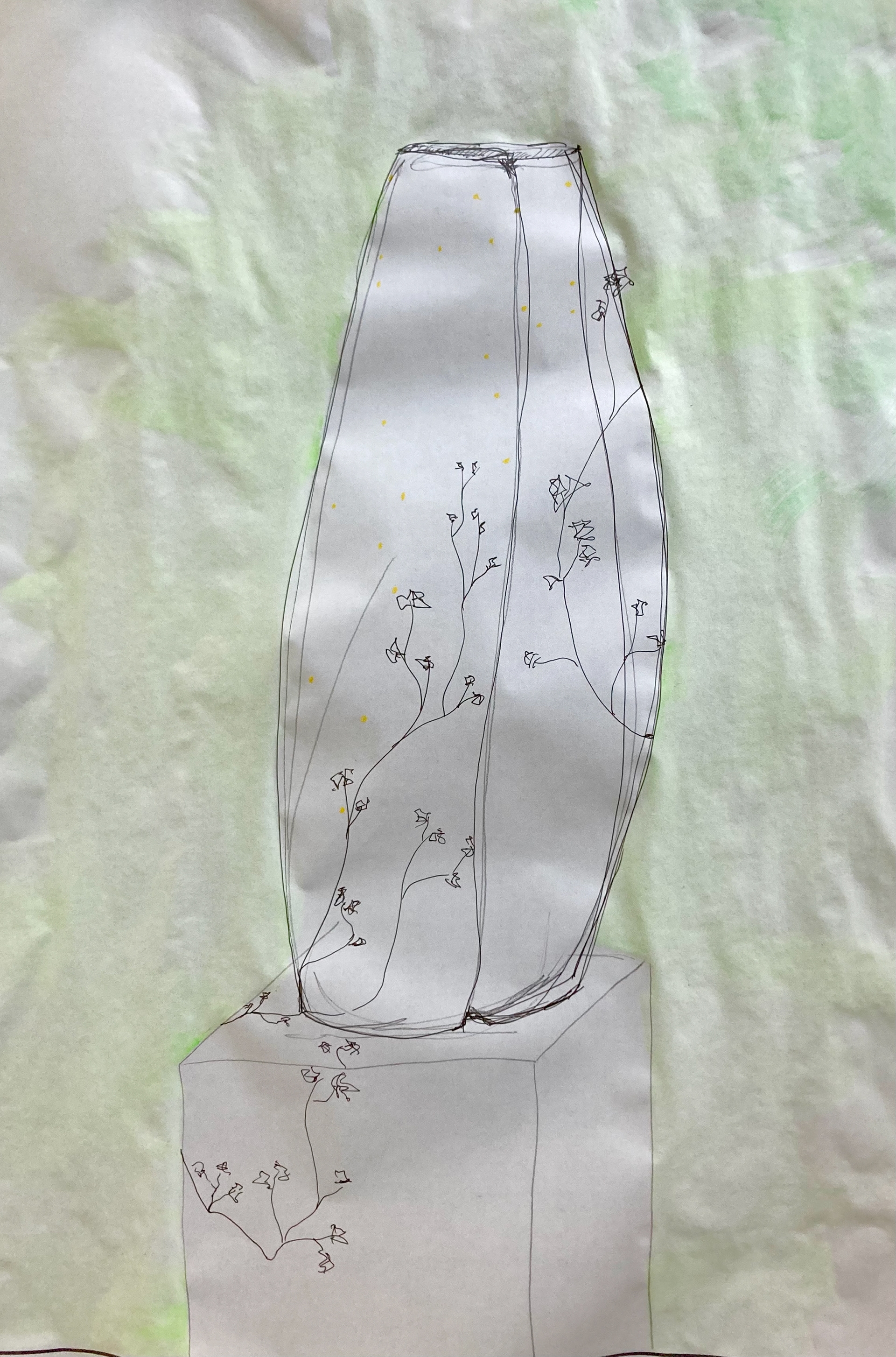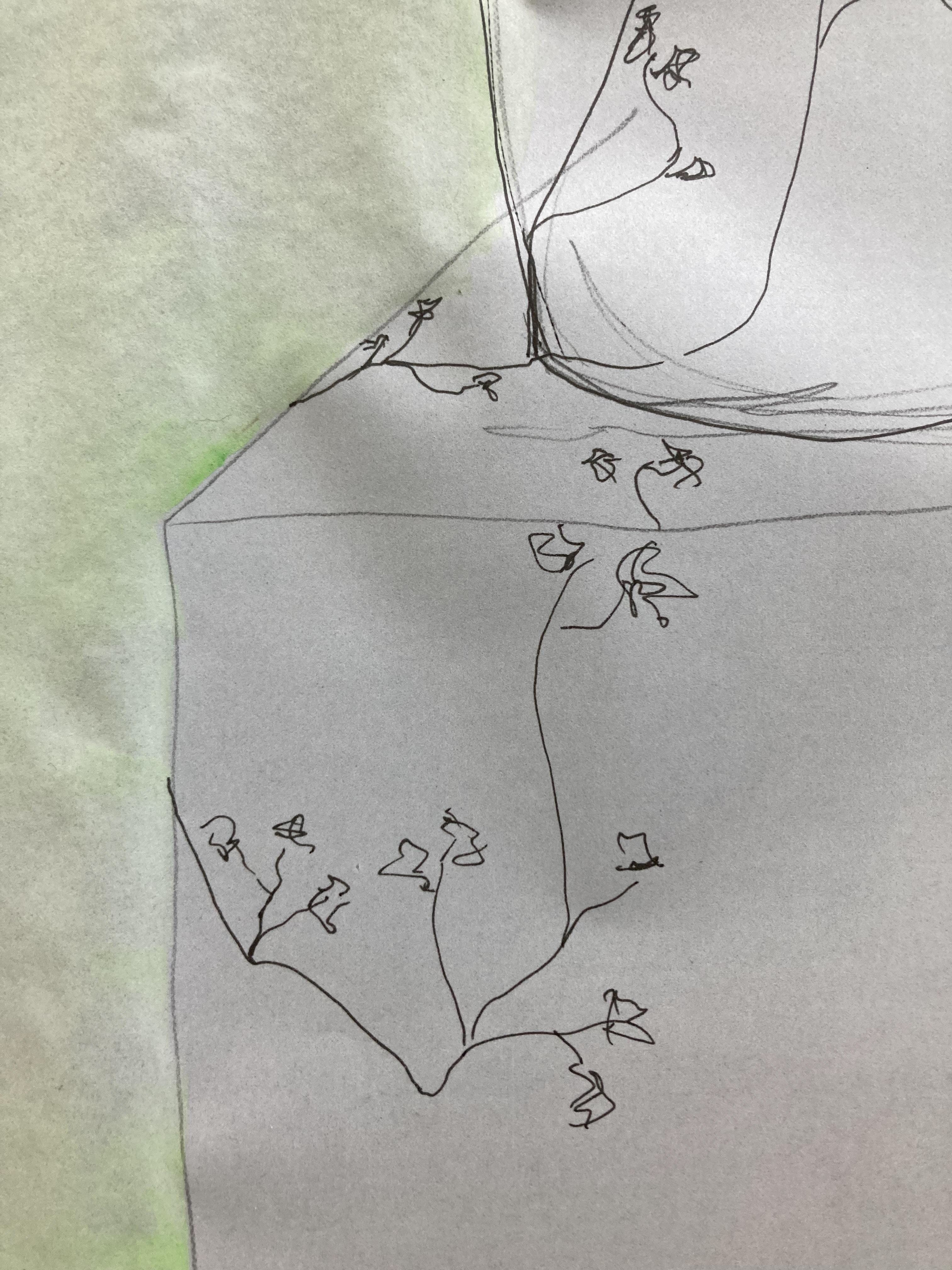A Migration Body memorializes process by mapping layers of impulse, action, and experience; the yearning, the seeking a better place, the one last look, the journey and the reimagining. Although so many Miami Beach residents were born elsewhere, common experiences of relocation range wildly from escape and loss to the deep desire for new pleasures. How do we live comfortably with nostalgia while making a new home? This sculptural map is part tribute, part autoethnographic storytelling. Each migrant embodies an epic story.
What is a monument? Who is honored, whom do we choose to remember while walking this beautiful park? A Migration Body honors all who come to Miami Beach and make it their home. And true to the nature of this place, the fact that this is a temporary monument mirrors the experience of an ever-evolving city. Miami Beach can be known only by turns; its seductive layers distinct and aesthetically solid only at first. Even for those who stay forever, it often remains a liminal place; one builds a path through daily life and then the place itself seems to shift, demanding a new approach.
At a moment when migration and immigration are pressing global issues, we must go beyond place-making projects and ask, “How do we embody place and belonging? How do we understand home?”
My own ancestral history is one of continuous movement, driven by fear at times and by pleasure-seeking at others. Even with resources and visas, each move demands the disorienting and implausible - that we make a new home. How does one make a home? A Migration Body suggests that it is by allowing what we find to hold the memories we bring, and then inviting the nature of the place to obscure the distinctions. Our one body holds our fear, our nostalgia, our longing, our pleasure.



Form
Empty vessel, a form I return to repeatedly, suggests holding yet can only embrace. This empty vessel is an abstraction of a palm tree trunk, representing the body of the world left as well as the one found.
Components
We are the flowers, our days the vines (wildly growing down the plinth like something from Garcia Marquez, like an actor breaking the 4th wall - Miami Beach can feel fantastical). This is the nature of the place, its subtropical ability to embody new life and crumbling entropy in one stroke. Beauty binds us to our new home.
Constellations become visible after dark, as internal illumination shines through the stars carved into the body of the vessel. They help us navigate the sentimental journey; the constellations illustrations of local Caribbean and Latin American skies, the stars of both memory and nostalgia.
Media
Cast iron is ideal, relating to the body as it does
Illumination a simple light within the structure
The plinth becomes an integral part of the work not only because the vines crawl down it, but because the coral stone itself holds the story of a community creating a home together.